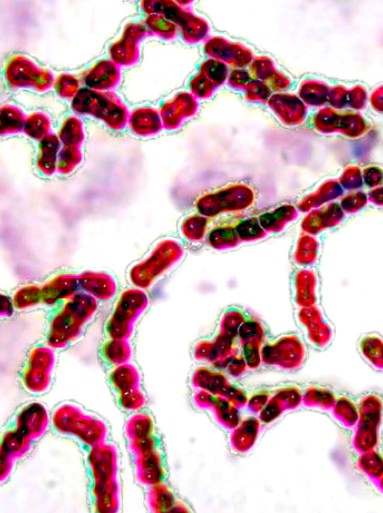Bacteria turned into nanowires
 Researchers are growing bacteria into wires for electronics.
Researchers are growing bacteria into wires for electronics.
New engineered protein nanowires, enhanced by adding a single molecule, can conduct electricity and harness energy from moisture in the air.
The findings, published in the journal Small, indicate that these nanowires can conduct electricity over short distances.
“Our findings open up possibilities for developing sustainable and environmentally friendly electrical components and devices, based on proteins,” says Dr Lorenzo Travaglini, lead author of the study.
He further noted the potential applications of these discoveries in energy harvesting, biomedical applications, and environmental sensing.
The research team manipulated the genetic structure of E. coli bacteria, allowing it to produce not only the proteins necessary for their survival but also those required to construct these innovative nanowires.
One of the most promising aspects of this research is the ability of these nanowires to interact with biological systems, making them suitable for biosensing applications that could monitor internal signals from the body.
The integration of ‘haem’ molecules into the filaments significantly enhanced their conductive properties.
Haem is a circular structure - known as a porphyrin ring - with an iron atom that sits in the middle. It is responsible for carrying oxygen in red blood cells from the lungs to the rest of the body.
When these filaments were tested under controlled humidity conditions, researchers observed an increase in electrical current, suggesting that these materials could also function effectively as humidity sensors.
“We found that each peak in the conductivity of the fibre corresponded to an exhale,” said Dr Travaglini, highlighting the sensitivity of the nanowires to changes in moisture levels.
The research suggests that these filaments could be used in practical applications without the need for an external power source, leveraging the natural humidity in the air.
While the research is still in its early stages, the implications for sustainable and low-energy electronic devices are profound.
“The electronics we tend to use are created through processes that require high temperatures and are very energy-demanding. They’re not green, and the materials they are sourced from can be toxic,” Dr Travaglini said.
He said there are broad potential environmental benefits of using biomaterials, which could be produced at scale from bacterial sources.
The team is currently exploring ways to enhance the properties of these protein assemblies further by experimenting with different molecular structures, which could lead to even more versatile applications.
“We don’t know how long exactly it’s going to take, but we can see that we are going in the right direction,” Dr Travaglini said.







 Print
Print


